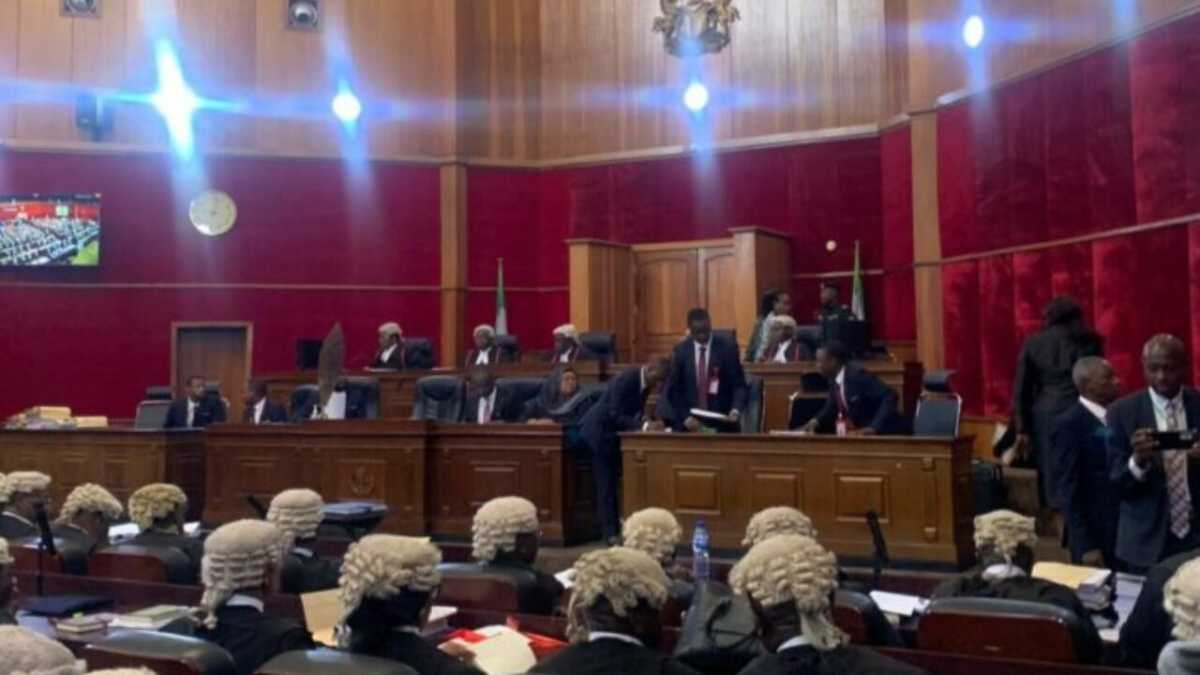Features
Can a Live YouTube video be accepted as evidence in court

The admissibility of live YouTube videos as evidence in court depends on the specific circumstances of the case. In general, courts are reluctant to admit electronic evidence, including YouTube videos, due to concerns about authenticity and reliability. However, there are some cases in which a live YouTube video may be accepted as evidence.
- The video is of high quality and can be authenticated. This means that the video must be clear and free of distortions or manipulation. Additionally, there must be evidence to show that the video is an accurate recording of the events that took place. For example, the video could be corroborated by eyewitness testimony or other evidence.
- The video is relevant to the case. This means that the video must be relevant to the issues that the court is trying to decide. For example, a video of a car accident could be used to prove that a driver was negligent.
- The video is not prejudicial. This means that the video must not be unfairly biased or inflammatory. For example, a video that is edited to make one party look bad is unlikely to be admitted as evidence.
If a live YouTube video meets all of these criteria, then it is more likely to be accepted as evidence in court. However, it is important to note that the admissibility of evidence is always up to the discretion of the judge.
Here are some additional factors that judges may consider when deciding whether to admit live YouTube videos as evidence:
- The purpose of the video. If the video was created for entertainment purposes, it is less likely to be admitted as evidence than a video that was created for documentary or educational purposes.
- The source of the video. If the video was uploaded by a credible source, it is more likely to be admitted as evidence than a video that was uploaded by an unknown or untrustworthy source.
- The context of the video. The judge will consider the context in which the video was created and the circumstances surrounding its creation.
Ultimately, the decision of whether or not to admit a live YouTube video as evidence in court is a complex one that depends on the specific facts and circumstances of each case.
How to record a legal agreement video that can be accepted as evidence in court
Recording a legal agreement video that can be accepted as evidence in court requires careful planning and execution. Here are some steps to follow:
- Choose the right recording equipment. You will need a high-quality camera and microphone to ensure that the video and audio are clear and easy to understand. You may also want to consider using a tripod to keep the camera steady.
- Find a well-lit and quiet location. The recording location should be free from distractions and background noise. You may want to consider using a professional recording studio or renting a quiet space.
- Make sure all parties are present and accounted for. All parties to the agreement should be present in the video and clearly identified. You may want to have each party sign a release form agreeing to the use of the video as evidence.
- Review the agreement carefully before recording. Make sure that all parties understand the terms of the agreement and that there are no disagreements.
- Start the recording and introduce yourself and the other parties. State the date, time, and location of the recording.
- Have each party read the agreement aloud. Make sure that each party reads the agreement carefully and that they understand all of the terms.
- Have each party sign the agreement. Once all parties have read the agreement, they should sign and date it.
- End the recording. Thank the parties for their time and cooperation.
- Make copies of the video and the signed agreement. Keep the originals in a safe place.
Here are some additional tips for recording a legal agreement video:
- Dress professionally.
- Be polite and respectful.
- Speak clearly and concisely.
- Avoid using jargon or legal terms that the other parties may not understand.
- Take breaks as needed.
- Proofread the agreement carefully before signing it.
By following these steps, you can help ensure that your legal agreement video is clear, concise, and admissible as evidence in court.










